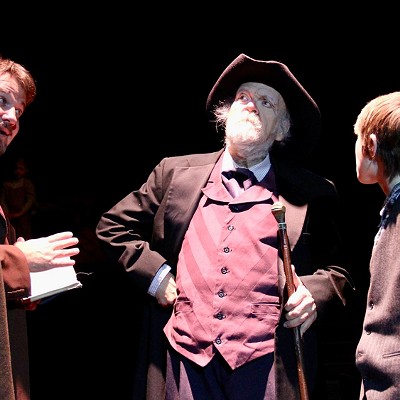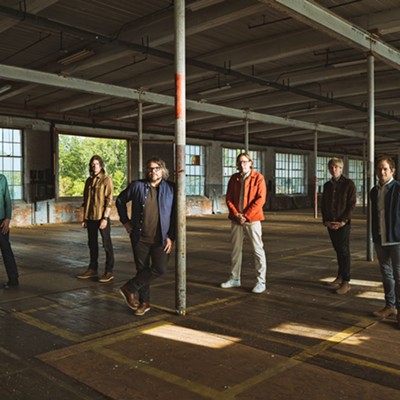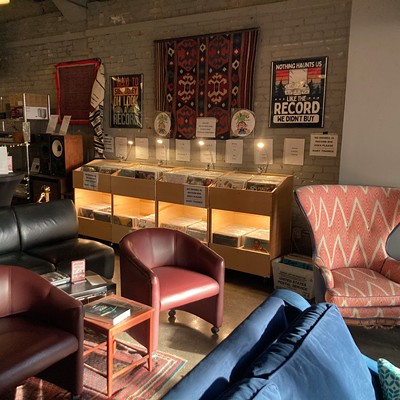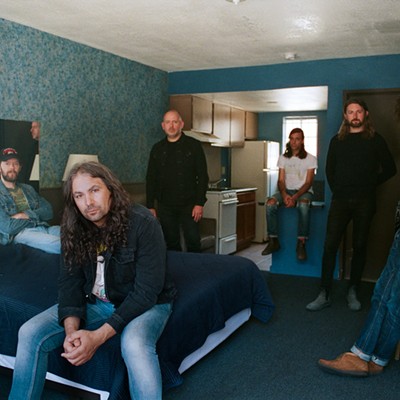Adam Miller, the brains behind the Oklahoma City-based project This Is Sleep, doesn’t just embrace the oncedormant science of computer-based production; he revels in it.
“There is a magic, no doubt, that comes with bands,” Miller said. “But as technology rises, the evolution of music and new kinds of music go along with that, it’s a really cool thing, in my opinion.”
The use of electronic sounds (synthesizers, drum machines, etc.) isn’t itself a novel concept. The difference today is that a single musician can manipulate and arrange these sounds — whether recorded live or with the click of a mouse — with previously unforeseen precision. Gone are the days that required professional studios and trained sound engineers to produce a record.
Now the computer is the studio; and the artist, the engineer. This is often true for aspiring and established musicians alike.
According to Miller, these burgeoning, self-centric creative methods often lead to more coherent, fully realized works of art.
“When you have one idea, it’s a great thing, with the advancement of technology, to be able to start and make your own music and kind of be selfish about it,” he said. “A painter would paint by himself. Being able to sit down and paint your own picture is something I value a lot.”

Miller’s paintings are awash in existential dreamscapes and escapism, and his debut album, We Are the Setting Sun, was intended to strike a balance between two seemingly parallel states: sleep and consciousness.
The result is an amalgam of sounds akin to the sleep/wake cycle, as the two states are woven together and embodied in what Miller describes as “alternative electronic indie rock.”
“The [album] concept is being able to fall asleep and go into that trance,” he said. “Between your awake life and your unconscious sleep life, which one affects more of the other: being awake, then having these dreams ... or having these dreams, then being awake?”
If you’ve seen Richard Linklater’s 2001 animated film, Waking Life, or studied philosophy in general, you may have asked similar questions before. Miller, in particular, was so profoundly affected by the idea that it’s become the primary inspiration for his art.
“We spend so much time asleep and it’s such a big part of our life, that it has to affect our waking life,” he said. “I think society ignores their sleep life more than they should. We should be paying attention to what our dreams are and what our literal dreams are and what they affect in our waking life.”
In a sense, This Is Sleep is the conscious realization of Miller’s unconscious state — something so inherently personal, that only he could express it. All he needed was an idea and a computer. —Zach Hale











